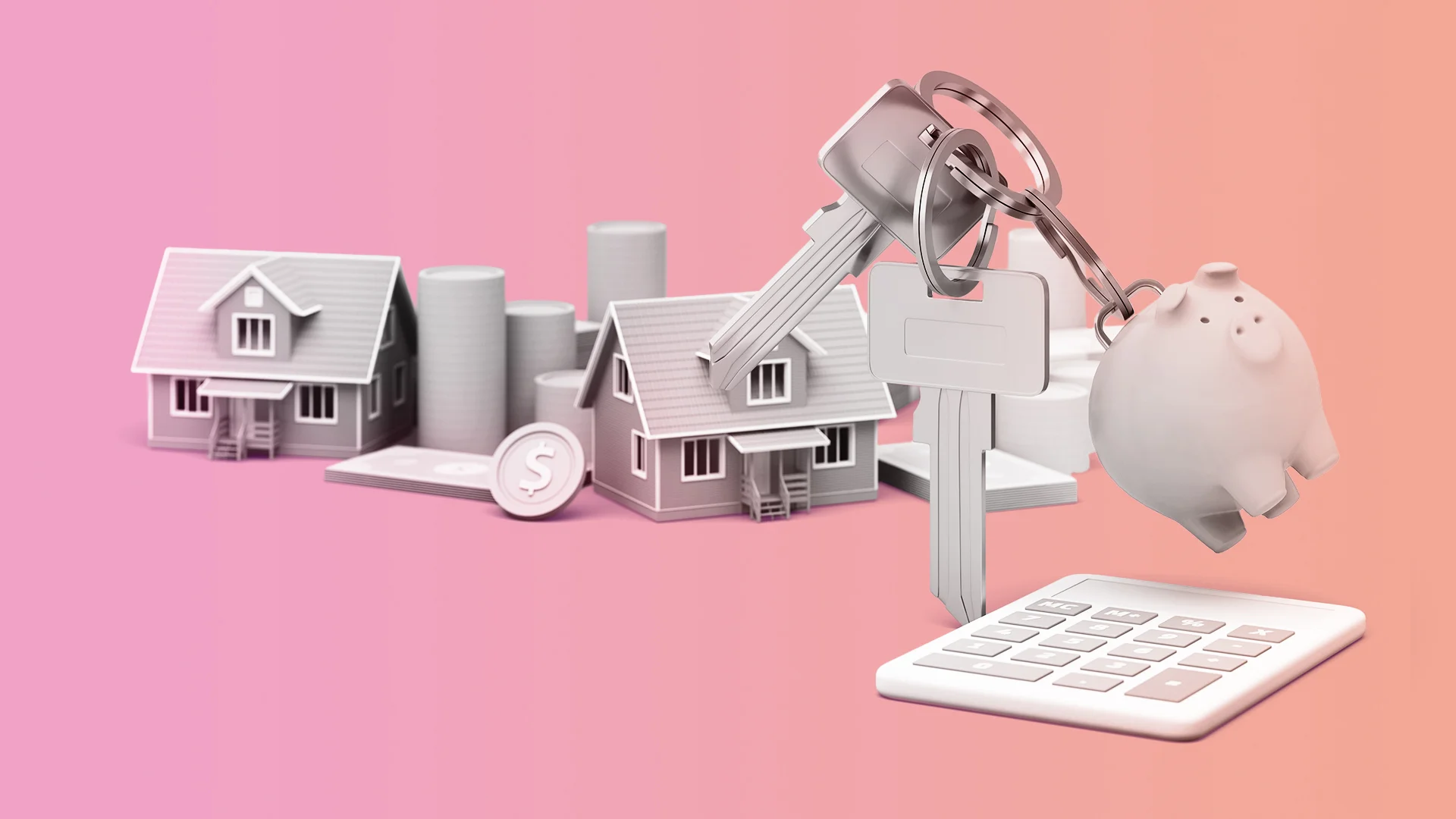Your Step-by-Step Guide to Buying a Home
We explain the essential steps, from financial assessment to settlement, tailored for first-time buyers to navigate the market confidently. Get pre-approval tips, property search strategies, and make your homeowner dreams a reality.
Becoming a homeowner for the first time is one of life’s biggest milestones - and there’s no feeling quite like walking through the door of your very own home. However, the home-buying process can be a complex and challenging endeavour. If you’re feeling a little intimidated by all the steps involved in the journey to buying a home, we’re here to help. By understanding exactly what’s involved in buying a home, you can be prepared for everything that lies ahead. To help you in your exciting home-buying venture, we’ve put together a handy step-by-step guide to buying a property.
Please note that this is a guide only, and there may or may not be additional steps required, as this will depend on your individual situation.
Step 1: Assess Your Financial Health
Before you start eagerly eyeing up those property listings, it’s important to have a solid understanding of your financial situation. This involves:
- Evaluating your savings: Determine how much you have saved for a down payment, as well as any additional purchasing costs like stamp duty and conveyancing fees.
- Reviewing income and expenses: Assess your regular income against monthly expenses to understand how much you can comfortably afford in mortgage repayments.
- Checking your credit score: Your credit score plays a crucial role in your loan eligibility and the interest rates you can secure. Make sure your credit report is accurate and address any errors.
Step 2: Get Pre-Approved for a Mortgage
Securing conditional approval is a vital step in the home-buying process and can help you in several ways:
- Getting clear on budget: unconditional approval lets you focus your property search on places that fit within your borrowing capacity.
- Helping with negotiations: With conditional approval, sellers are more likely to take your offer or bid seriously.
- Speeding up the process: Having conditional approval can make the buying process quicker, as you’ve already completed some of the necessary financial checks.
Step 3: Start Your Property Search
It’s time to start looking for the perfect property that aligns with your budget, needs and lifestyle. Consider factors like:
- Location and neighbourhood: Think about what you need from the location - such as proximity to work, schools, and amenities- as well as the overall community vibe.
- Property size and features: Consider the size, number of bedrooms, outdoor space, and any other features that are important to you.
- Investment potential: If you’re viewing this as an investment, research the area’s historical property value trends and future growth potential.
Step 4: Attend Property Inspections
Inspecting properties in person is crucial for making an informed purchase decision. Be sure to:
- Check the physical condition: Look for signs of damage or wear that might require costly repairs.
- Survey the neighbourhood: Visit the property at different times to get an idea of noise levels, traffic, and neighbourhood activity.
Step 5: Make an Offer or Bid at Auction
Found your ideal property? Great! It’s time to take action, which involves:
- Making an offer: Base your offer on the property’s market value, your budget, and comparable sales in the area.
- Bidding at auction: Understand the auction process, set a limit, and stick to it to avoid overbidding.
- Placing a conditional offer: Consider making your offer conditional on factors like obtaining finance or a satisfactory building inspection.
Step 6: Arrange Property Valuation and Legal Checks
At this stage, you and your lender will organise some legal checks regarding the property, including:
- Property valuation: This valuation is to ensure the property is worth the loan amount.
- Checking for legal issues: You’ll need to engage a solicitor or conveyancer to check for any legal issues with the property, such as easements or encumbrances.
- Title and zoning checks: Make sure the property title is clear and the zoning regulations are appropriate for your needs.
Step 7: Complete Mortgage Approval and Exchange Contracts
Once your mortgage is approved, it’s time to begin the contract exchange process, which involves the following steps:
- Signing the contract: Review and sign the purchase agreement.
- Paying the deposit: This is typically 10% of the purchase price.
- Cooling-off period: Be aware of any cooling-off period, which allows you to back out of the sale under certain conditions.
Step 8: Make Final Preparations for Settlement
As the settlement day approaches, you’ll now need to finalise the preparations:
- Organise insurance: Home insurance is often a requirement before settlement can take place.
- Arrange utilities: Set up your utilities such as electricity, water and internet so they can be connected in your name.
- Conduct pre-settlement inspection: This is when you can do a final walk-through of the property to confirm it’s in the agreed condition.
Step 9: Become a Homeowner!
That’s right - the big moment is finally here.Here are a few things that will happen on settlement day:
- Make final payments: Your lender and legal representatives will handle the payment of the remaining purchase price to the seller.
- Transfer title: The property title will be officially transferred into your name.
- Pay settlement fees: You’ll pay any remaining fees and charges related to the property transfer.
So, there you have it - the journey of buying a home from start to finish. While it might sound complex, having the right lender can make all the difference in ensuring a smooth and stress-free process. And remember - being prepared is the key to a successful property purchase.
Want to learn more about buying a home? Check out our other articles.
This article is intended to provide general information only. It does not have regard to the financial situation or needs of any reader and must not be relied upon as financial product advice.Please consider seeking financial advice before making any decision based on this information.
Unloan is a division of Commonwealth Bank of Australia.
Applications are subject to credit approval; satisfactory security and you must have a minimum 20% equity in the property. Minimum loan amount $10,000, maximum loan amount $10,000,000.
Unloan offers a 0.01% per annum discount on the Unloan Live-In rate or Unloan Invest rate upon settlement. On each anniversary of your loan’s settlement date (or the day prior to the anniversary of your loan’s settlement date if your loan settled on 29th February and it is a leap year) the margin discount will increase by a further 0.01% per annum up to a maximum discount of 0.30% per annum. Unloan may withdraw this discount at any time. The discount is applied for each loan you have with Unloan.
There are no fees from Unloan. However, there are some mandatory Government costs depending on your state when switching your home loan. For convenience, Unloan adds this amount to the loan balance on settlement.
* Other third-party fees may apply. Government charges may apply. Your other lender may charge an exit fee when refinancing.





































































%201.webp)

